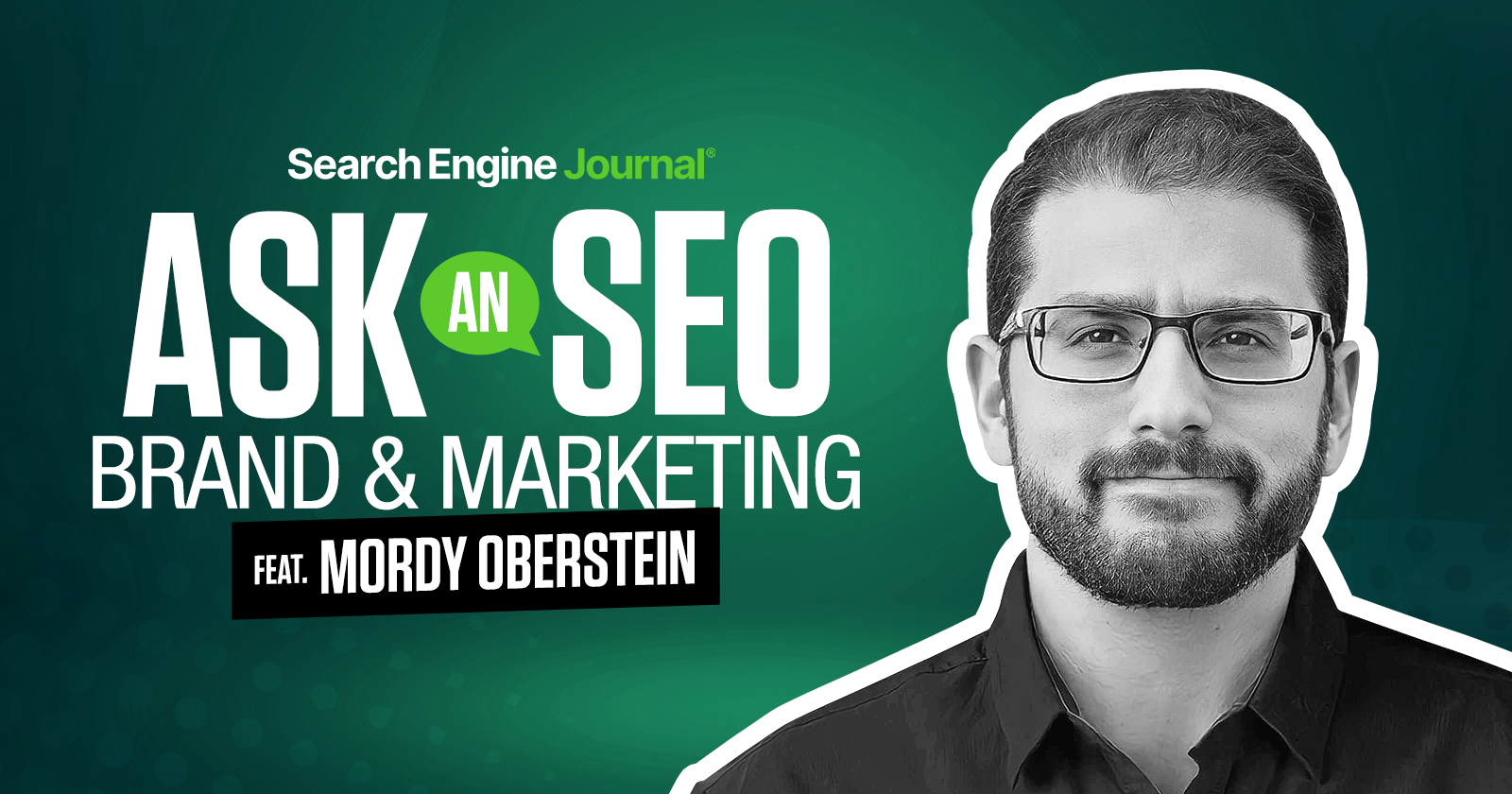This week’s Ask an SEO question comes from Rachel P., who wants to find the middle ground between conversion-focused pages and authority-building content:
“How do I balance content that converts with content that builds brand authority? It feels like my CRO pages don’t rank well, and my blog posts don’t convert.”
It’s hard not to think of your marketing in parts. There’s the part of the strategy that focuses on brand awareness, while another aspect focuses on conversions or whatever key performance indicator.
That might be how you’ve been taught to do marketing, but that’s not how marketing actually works, in my opinion. I know that’s a contentious statement. I’ll do my best to back it up.
Marketing Is One Song
All of your marketing should work together to present a unified process that supports itself at each step of the way. Everything should work together harmoniously.
The question here almost assumes they don’t. We have efforts, or in this case, content meant to build authority and content that’s meant to convert, etc. What if we just had content?
Instead of siloing all of our efforts, what if we looked at it all as being about “generating momentum”? Producing a certain level of brand inertia and energy that could be captured or bottled up.
What if we looked at it as a process across multiple touchpoints, pages, and platforms (many of which are offline) of deepening the connection between our brands and our audience or consumer?
In that framework, it’s more about ensuring you give your audience the opportunity to move further down the rabbit hole than it is about “ranking your conversion” pages.
To me, the notion of “getting our conversion pages to rank” is more aligned with how you work and far less aligned with how your audience works.
You want to give your audience “access” to convert or reinforcement to convert as they feel connected and engaged with you.
The connection and sense of engagement are what drive conversion. To paraphrase baseball legend Yogi Berra, conversions are 90% about connection; the other half is product or service awareness.
In simple terms, I would focus more on how to build yourself up and engage an audience than on worrying about how to balance conversion rate-optimized content and informational content.
If your audience is engaged with your informational content and no one cares about your landing pages, who cares if the latter ranks well?
Use the blog to reinforce your offering. If that’s where people want to engage you, then engage them there.
Throw a banner up on the side of the blog. Include a call to action here or there. Add screenshots and tie the content into your product (naturally), etc.
Meet your audience where they are engaged and connected to you, and guide them to details on your offering from there.
This means I wouldn’t worry about balancing content and ranking. I’d worry about, “How do I engage my audience and remind them at the right time of my offering? How do I ensure that if they are engaged and want to move things forward, they have the access they need to be able to do that?”
What Does This Mean Practically?
Instead of building out two separate sets of pages in this case, think of them as one thing.
Authority and trust create a connection. Connection is the straw that mixes the drink. It’s what takes what might be a sterile statement about your brand’s offering and makes it intriguing.
Often, I find marketers think of this in reverse order: “My landing pages will rank or whatever, and then the consumer will see my informational content and be reassured. This reassurance will enable them to convert.”
It’s the opposite. In whatever way, whether it be via social, informational content, or company advocates, people form a connection with you.
This connection emotionally enables them to even consider opening their wallets or recommending your offering, etc. (i.e., conversions).
In my opinion, what you want to do is simply remind and reinforce. In those moments of connection, you want to remind the consumer of your offering, reinforce its value, and ensure they have easy access to it.
YouTubers sometimes do a great job of this. They offer informational value that creates a connection with their audience. Then, they ask you to subscribe (which in and of itself is a conversion).
They will reinforce that connection with additional content, and then, at some point, will mention their product, service, or whatever it is they offer.
They’ll tell you to check out the link in the description (because as I mentioned, you need to offer easy entry points), and take it from there.
I feel it’s more important to engage your audience and ensure that the access to the material you want them to convert with is accessible than worrying about various sets of content with various intents and how they perform.
If your audience is really engaged with your social media content, make sure links are included in your profile and post about your offering. (I like the 80/20 rule here: 80% value-driven content, 20% promotional. I often go 90/10.)
My point is, it’s not about page types. It’s about engaging and connecting with your audience and properly utilizing that connection to make your audience aware of your offering and to make it as frictionless as possible thereafter.
New Ways For A New Web
This sort of dichotomy between areas of marketing and aspects of your marketing strategy works for what I call the “old web.” To be honest, it didn’t work as well as we all bragged about on the “old web” either.
Regardless, I see the “new web” as being about success by refinement. In this era of the web, having a consistent message and presence that creates a strong and demarcated identity matters most.
We’re in a web environment where there has to be a strong connection to the audience if you expect them to notice you and purchase from you.
That means taking better advantage of opportunities to create pathways to products within those moments of audience engagement – not separate and siloed conversion paths.
It also means pushing product pathways in a far less aggressive and inorganic way as well, but that’s a conversation for another day.
More Resources:
- Why Search Marketing & Branding Need Each Other
- How Digital Has Changed Branding
- SEO In The Age Of AI
Featured Image: Paulo Bobita/Search Engine Journal


